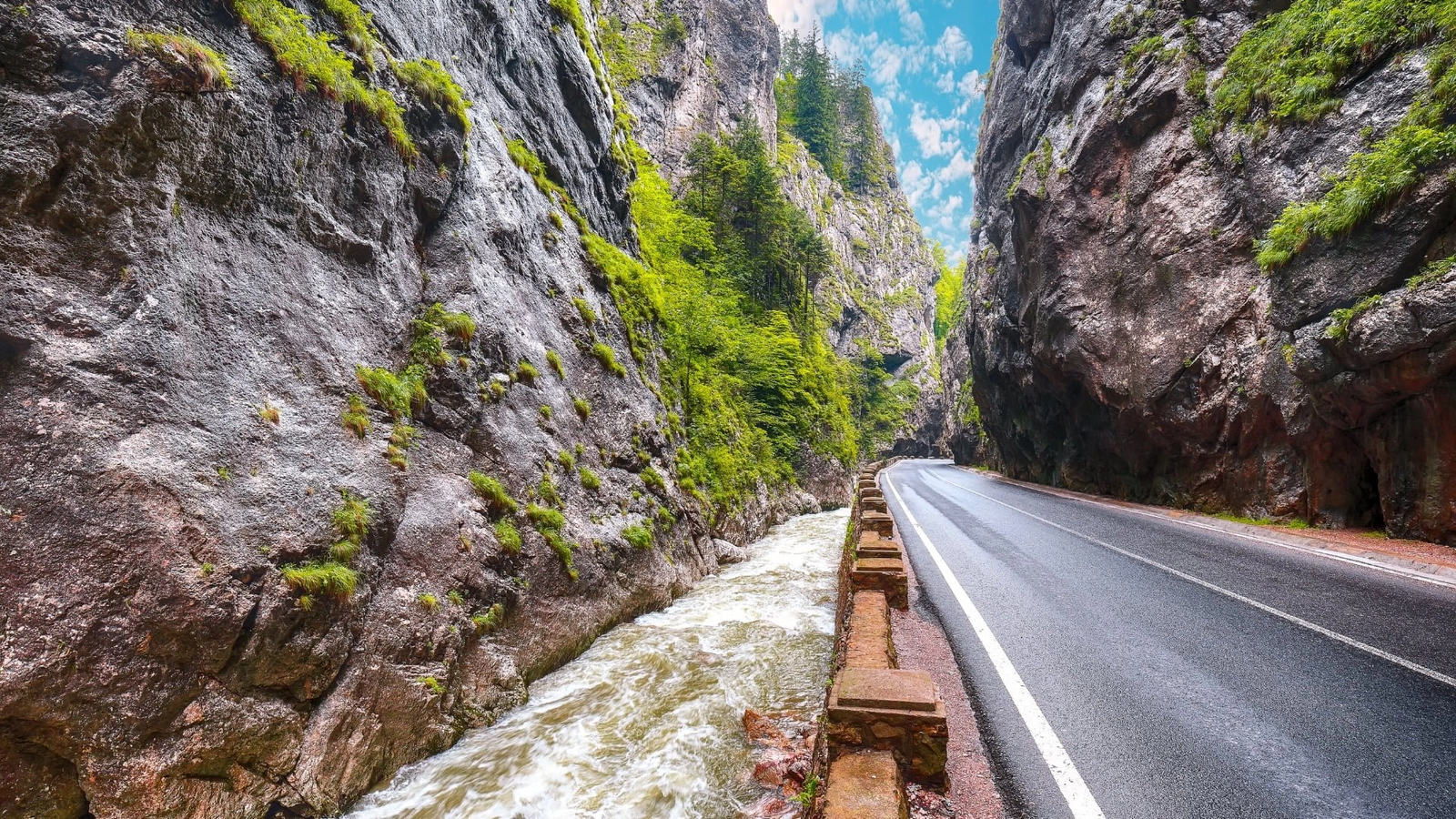Since 2022, twenty cameras have been installed in the Cheile Bicazului-Hasmas National Park to monitor wildlife as part of a European-funded project, park director Hegyi Barna told AGERPRES.
Half of these cameras are capable of sending images via email once captured. These cameras provide valuable information about animal behaviour, the number of animals in the area, and even capture images of those who break the law by entering the natural reserve with off-road vehicles.
The cameras are strategically placed in areas frequented by animals, as known by the park rangers, and offer a great method for documenting life in the wild. For example, specialists learned that animals sense changes in the weather and may retreat for days or even weeks in response. Additionally, animals are disturbed by human presence and may avoid the area for a period of time after detecting human scent.
A fascinating discovery from these cameras is the behavior of the lynx, a very discreet animal that avoids human presence. It is rare to spot a lynx in the wild, and even park rangers have only seen one by chance while driving on a forest road. The cameras, however, have captured many images of lynx, sometimes with cubs, indicating that they feel comfortable in the area. Unfortunately, park specialists are unable to determine the exact number of lynxes because these animals have a large territory that they patrol, says Hegyi Barna.
The cameras provide crucial insights into wildlife behavior and underscore the importance of maintaining natural areas where human intervention is restricted, allowing nature to follow its natural course.
In the Cheile Bicazului-Hasmas National Park, the video cameras have also captured many images of brown bears, particularly because this past winter was mild. While the female bears with young cubs retreated, the larger bears and females with two-year-old cubs sought food in the nearby beech forests. However, in the park itself, which is mostly composed of spruce forests, food is limited, and bears have to travel to surrounding beech forests for better feeding conditions.
Hegyi Barna, the director of the park, showed that the bears in the area avoid humans effectively. The park has not experienced any conflict between humans and bears. Even when park rangers patrol the area, they very rarely encounter bears in person. Instead, the bears avoid human presence, as evidenced by the camera footage showing bears taking a different direction when they detect human scent. The director also mentioned that, especially when female bears have small cubs, humans should avoid encounters or be cautious, but there have been no incidents in the park so far.
The cameras have also revealed other interesting information, such as the fact that young bears tend to stay in the same territories and that animals, including bears, tend to use abandoned forest roads at night for easier movement, especially after rain when their fur is wet and heavy. Additionally, rare species like the European pine marten (bursuc) and various bird species, such as owls, have also been observed in the park.
Despite these positive discoveries, the cameras have also captured the presence of off-road enthusiasts who illegally enter the protected area with vehicles, disrupting wildlife and damaging the environment. While the cameras capture these individuals, they often cannot be identified because they remove the license plates from their vehicles. When caught, they face substantial fines with the help of the mountain gendarmerie.
Moreover, the presence of stray dogs or even pet dogs left to roam freely is another issue, as they pose a threat to smaller animals like fawns and rabbits. The park administration plans to install an additional ten wildlife monitoring cameras this year to continue the important work of documenting and protecting the area's wildlife.
The footage captured by these cameras has become a source of fascination for social media followers, who enjoy watching the animals' behavior in different situations - whether it's a playful bear cub receiving a "correction" from its mother, mountain goats helping their kids survive the winter, or the graceful movement of lynx crossing the area. Hegyi Barna admits that he starts his day by checking the camera footage, as wildlife monitoring and educating children about ecology are his favorite activities.
































Comentează